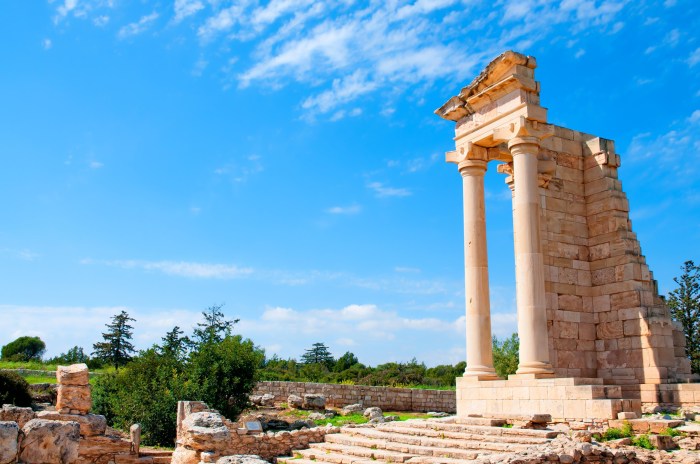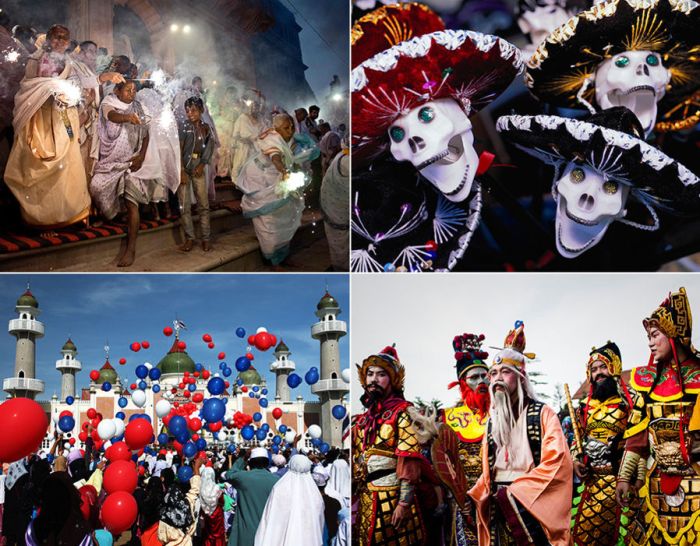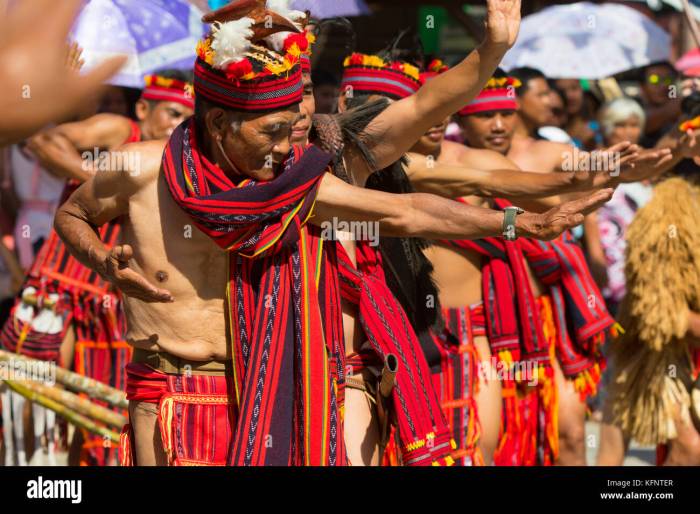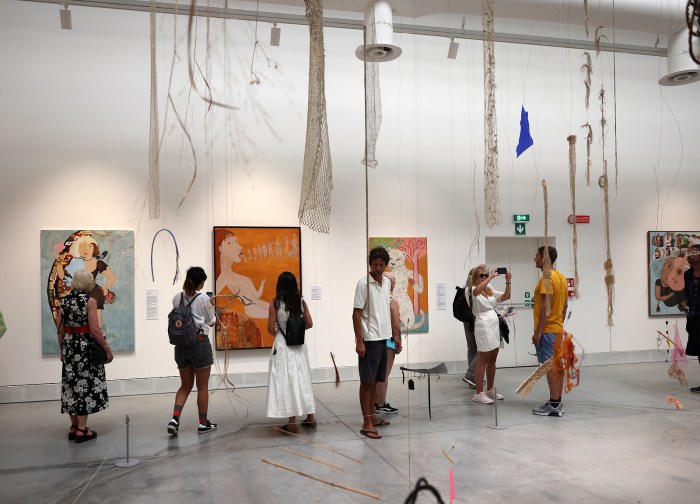
Heritage Sites with Guided Archaeological Tours offer a captivating blend of history, culture, and adventure. These tours provide unparalleled access to significant historical locations, transforming a simple visit into an immersive educational experience. Expert guides bring ancient civilizations and forgotten stories to life, enriching understanding and fostering a deeper appreciation for our shared past. From grand monuments to hidden ruins, the journey promises to be both intellectually stimulating and personally rewarding.
The variety of tours available caters to diverse interests and preferences. Walking tours offer an intimate exploration, while bus tours cover more ground efficiently. Specialized tours, such as night tours or family-focused excursions, provide unique perspectives and cater to specific needs. Each tour is carefully designed to highlight key features, incorporating visual aids, interactive elements, and engaging narratives to create a memorable experience.
The Archaeological Experience: Heritage Sites With Guided Archaeological Tours

A guided archaeological tour offers a unique blend of historical knowledge, on-site exploration, and interactive learning. It provides a more engaging and enriching experience than simply visiting a site independently. The structure typically involves a carefully planned sequence of activities designed to maximize participant understanding and enjoyment.A typical guided archaeological tour follows a structured format, beginning with an introduction that sets the historical context and Artikels the day’s itinerary.
This is followed by a visit to the archaeological site itself, where the guide leads the group through significant areas, pointing out key features and explaining their significance. Finally, a question-and-answer session allows participants to delve deeper into aspects that particularly interest them. The success of the tour hinges on the guide’s ability to weave together historical narrative, visual aids, and interactive elements to create a memorable experience.
A Hypothetical Guided Tour: The Roman Baths of Bath
Imagine a tour of the Roman Baths in Bath, England. The guide begins with an introductory presentation, using a large map to illustrate the city’s Roman layout and the Baths’ place within it. Projected images show reconstructions of the Baths in their prime, vibrant with activity. The guide’s voice is warm and engaging, painting a picture of Roman life and the significance of public bathing in Roman society.
The sensory details are rich: the guide describes the steam rising from the water, the sounds of splashing and chatter, the smells of incense and the earthy scent of the ancient stones. The group then moves to the site itself. The guide points to the remains of the frigidarium, tepidarium, and caldarium, explaining their functions and the engineering marvels involved in their construction.
Participants are encouraged to touch the ancient stones, experiencing the textures and imagining the weight of history beneath their fingertips. Interactive elements include handling replicas of Roman artifacts and viewing a short video showcasing archaeological discoveries made at the site. The emotional impact is profound: a sense of connection to the past, a shared experience of wonder and awe at the ingenuity and daily life of a long-gone civilization.
The final Q&A session allows participants to share their thoughts and ask questions, fostering a deeper understanding and a more personal connection to the site.
Comparative Analysis of Presentation Styles
Two distinct approaches to guiding can be compared: one emphasizes a strictly chronological and factual approach, while the other adopts a more narrative and evocative style. A factual approach might focus primarily on the chronological sequence of events, the archaeological evidence, and the technical aspects of excavation and preservation. The guide might use precise terminology and detailed data, relying heavily on visual aids such as diagrams, charts, and photographs.
This approach prioritizes accuracy and completeness of information. In contrast, a narrative approach prioritizes storytelling and emotional engagement. The guide might weave together historical events, personal anecdotes, and evocative descriptions to create a vivid and immersive experience. The guide might use fewer technical terms and focus instead on the human stories behind the archaeological remains, emphasizing the lives and experiences of the people who lived in the past.
While both styles are effective, the choice depends on the audience and the specific goals of the tour. A highly specialized audience might appreciate the detailed factual approach, while a broader audience might respond better to a more narrative and emotionally engaging presentation. The success of either approach hinges on the guide’s expertise and communication skills; a knowledgeable and skilled guide can adapt their style to effectively engage any audience.
Benefits and Drawbacks of Guided Archaeological Tours

Choosing a guided archaeological tour offers a distinct advantage over independent exploration, particularly for those new to archaeology or unfamiliar with a specific site. A knowledgeable guide can provide context, interpretation, and insights that greatly enhance the visitor experience, transforming a simple sightseeing trip into a richer, more meaningful journey through time.
Advantages of Guided Archaeological Tours
Guided tours offer several key benefits. Expert interpretation breathes life into the artifacts and landscapes, transforming stone and earth into narratives of past societies. Guides can explain complex historical processes in an accessible manner, connecting the tangible remains with the broader historical context. This contextualization makes the experience far more engaging and memorable than simply reading informational plaques.
Furthermore, guided tours often provide access to areas or features that might be missed during independent exploration, due to the guide’s specialized knowledge and access. They can also highlight subtle details that would otherwise go unnoticed. Finally, the structure of a tour provides a clear framework for the visit, preventing the feeling of being overwhelmed or lost at a large and complex site.
Drawbacks of Guided Archaeological Tours
While offering significant advantages, guided tours also present certain limitations. The cost of a guided tour can be substantially higher than independent exploration. Group size can also be a factor, potentially impacting the individual experience. Large groups can make it difficult to hear the guide, see specific details, and maintain a sense of personal engagement. The pace of a guided tour may not always suit every visitor; some individuals might prefer a slower, more contemplative pace, while others might find the tour too slow.
Finally, the availability of tours might be limited by factors such as language support, accessibility for visitors with disabilities, and the tour schedule itself.
Types of Guided Tours and Visitor Needs
Different types of guided tours cater to a range of visitor preferences and needs. For instance, smaller, private tours offer a more personalized experience with greater flexibility in terms of pacing and focus. Tours designed specifically for families often incorporate interactive elements and activities tailored to children’s interests. Accessibility tours cater to visitors with mobility limitations, providing wheelchair access and modified routes.
Finally, multilingual tours address the needs of international visitors by providing guidance in multiple languages. The choice of tour type allows visitors to select the option best suited to their specific requirements and preferences.
Luxury Travel Integration
Luxury travel is increasingly incorporating unique experiences, moving beyond mere sightseeing to create immersive and unforgettable journeys. Integrating guided archaeological tours into luxury travel itineraries offers a sophisticated blend of historical exploration and high-end comfort, appealing to discerning travelers seeking enriching and exclusive adventures. This approach caters to a growing segment of the travel market that values both intellectual stimulation and unparalleled luxury.
A successful integration requires careful planning and a seamless blend of archaeological exploration and luxurious amenities. The experience should be meticulously curated, offering not just access to historical sites but also personalized service, exclusive access, and unparalleled comfort throughout the journey.
A Luxury Travel Itinerary Integrating an Archaeological Tour, Heritage Sites with Guided Archaeological Tours
This itinerary focuses on a seven-day luxury tour centered around the archaeological wonders of Machu Picchu, Peru. The trip seamlessly blends cultural immersion, high-end accommodations, and personalized service to create a truly unforgettable experience.
Day 1-2: Arrival in Cusco, acclimatization at a luxury hotel with spa services, private city tour focusing on colonial architecture and Inca history.
Day 3-4: Guided archaeological tour of Machu Picchu, including exclusive early-morning access and a private lunch overlooking the site. Expert archaeologist provides personalized insights.
Day 5: Train journey to a secluded lodge in the Sacred Valley, offering unparalleled views and personalized service.
Day 6: Exploration of the Sacred Valley, visiting local markets and enjoying traditional Peruvian cuisine.
Day 7: Departure from Cusco.
Comparison of Luxury and Standard Archaeological Tours
A standard archaeological tour typically involves group travel, basic accommodation, and a less personalized experience. The focus is primarily on the historical site itself, with limited attention to the overall travel experience. In contrast, a luxury tour prioritizes a holistic experience, encompassing high-end accommodation, personalized service, exclusive access, curated dining experiences, and a higher level of comfort and convenience throughout the journey.
For instance, a standard tour might involve a crowded bus to Machu Picchu, while a luxury tour might involve a private helicopter transfer, offering breathtaking views and unparalleled convenience. The difference extends beyond transportation; luxury tours often include private guides, gourmet meals, and access to exclusive areas unavailable to standard tour groups.
Amenities and Services Elevating Heritage Site Visits
Several key elements elevate a heritage site visit to a premium travel experience. These include:
- Exclusive Access: Early-morning access to sites before crowds, private guided tours, and access to restricted areas.
- Personalized Service: A dedicated concierge, private guides specializing in the site’s history, and customized itineraries catering to individual interests.
- High-End Accommodations: Luxurious hotels or private villas near the heritage site, offering exceptional comfort and amenities.
- Gourmet Dining: Fine-dining experiences showcasing local cuisine, private chefs, and curated wine pairings.
- Luxury Transportation: Private helicopter transfers, chauffeured vehicles, and first-class train travel.
Integration of Luxury Travel Elements into a Holistic Package
A holistic luxury travel package centered around a heritage site visit can seamlessly integrate several premium elements:
- Private Island Vacations: Extend the trip with a relaxing stay at a private island resort before or after the archaeological tour, offering ultimate seclusion and relaxation.
- High-End Travel Accessories: Provide guests with high-quality luggage, travel apparel, and other accessories reflecting the luxury experience.
- Exclusive Travel Experiences: Arrange exclusive encounters, such as private meetings with local artisans, behind-the-scenes access to museums, or private performances.
- Premium Travel Guides: Provide guests with bespoke travel guides containing detailed information, maps, and recommendations tailored to their interests.
- Luxury Train Journeys: Incorporate scenic train journeys as part of the itinerary, offering a luxurious and comfortable way to travel between destinations.
Exploring heritage sites through guided archaeological tours provides an enriching and unforgettable experience. The expertise of the guides, the immersive narratives, and the tangible connection to history create a lasting impact. Whether you are a seasoned history enthusiast or a curious traveler, embarking on a guided tour offers a unique opportunity to delve deeper into the past and appreciate the significance of these remarkable places.
The advantages far outweigh the minor drawbacks, making it a worthwhile investment for anyone seeking a meaningful and enriching travel experience.
FAQ Summary
What is the average cost of a guided archaeological tour?
Costs vary greatly depending on the location, duration, and type of tour. Expect prices ranging from budget-friendly options to luxury experiences.
Are guided tours suitable for children?
Many heritage sites offer family-friendly tours designed to engage younger audiences. Check tour descriptions for age appropriateness.
What if I have accessibility needs?
Contact the tour operator in advance to discuss accessibility requirements. Many operators can accommodate various needs.
What languages are tours offered in?
Language availability varies depending on the site and tour operator. Check tour details for language options or inquire directly.





